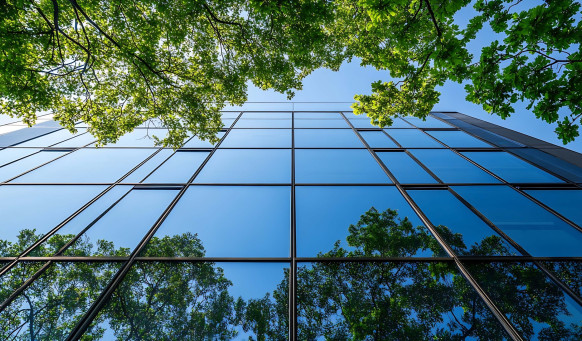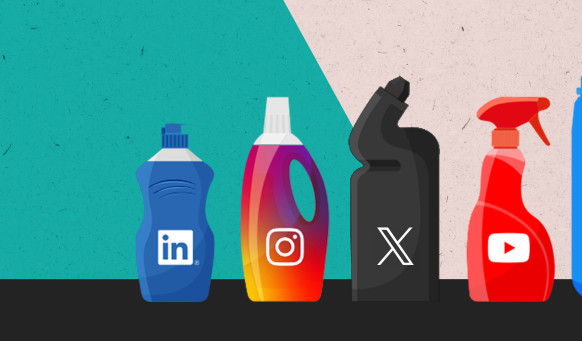Industry Viewpoint
Understanding true sustainability in the construction sector
In our industry, sustainability is a hot topic, but let’s be honest, do we truly understand what it means? The dictionary definition doesn’t cut it, because it is a complex concept that means something different to everyone, but the one certain thing is we cannot deny its importance, especially within the built environment. As a construction marketing agency, we strive to help our clients define what sustainability means for them and so they can create a legacy to be proud of. At Fabrick, we firmly believe that if you have the ability to do the right thing, you should do it!
THE CHALLENGES
Sure, the UK’s ambitious goal to achieve net zero emissions by 2050 may be viewed by some as unrealistic, but aiming high allows us to surpass expectations and achieve more. As an industry, we have the power to make significant changes and turn our challenges into a transformative force. But, let’s not kid ourselves, it’s not going to be easy. Our disparate supply chains and diverse perspectives on sustainability can cause some serious fragmentation. The affordability of adopting sustainable changes also becomes a further determining factor.
But we need to shift our mindset, integrate sustainability into every aspect of the construction process, and embrace innovative solutions. Hemp blocks, bricks made from sugar and algae in buildings are just a few of the current remarkable innovations paving the way for a greener future, but we need to be braver and push for these innovations to become the new norm.
STRIKING A BALANCE
If we are to integrate sustainability into every aspect of the construction process, we must first get a real understanding of what sustainability means. How does Fabrick MD, David Ing, define sustainability?
“Sustainability means acknowledging that we consume natural resources and always will. However, our aim should be to coexist with minimal impact. That means mitigating and offsetting our environmental footprint while actively revitalising the planet where possible. Yes, net zero is a massively ambitious target, but we need ambitious targets to move the dial. Let’s not settle for the bare minimum – we should be aiming high.”
THE SOLUTION
When it comes to incorporating sustainability into a business, clients often feel overwhelmed and uncertain. To address this, we use a three-pillar approach.
- Firstly, we evaluate their current business practices and corporate responsibility, as these are synonymous with the company’s sustainability.
- We then assess the products or services offered by the client, searching for opportunities to make environmentally-friendly improvements, such as reducing waste or moving to electric vehicles.
- Lastly, we encourage clients to consider the lasting impact they will leave behind, emphasising the importance of long-term change. This approach allows businesses to develop meaningful strategies and policies that will make a lasting difference.
SETTING AN EXAMPLE
To effectively promote sustainability, it is crucial to showcase existing initiatives and set an example for others to follow. Establishing mid-level goals that require an additional effort but can be achieved within a few years is also important, as it is impossible to achieve all of your sustainable targets at once. However, setting targets to meet in the future provides a clear roadmap to guide your sustainability journey.
“While it may not be feasible for a business to implement all necessary changes immediately, it is still important to stay engaged in the sustainability conversation, keep informed of innovations, and take action within our means. Events like Futurebuild demonstrate how the industry can unite with a shared passion for transformation, driving real change and innovation. Let’s embrace the remarkable innovations already underway and remain committed to continuing the conversation in the industry. Let’s be brave and take risks, embracing new methods, materials, and technologies. Above all, let’s work together to create a sustainable future for all to enjoy.” David Ing, MD
CONCLUSION
Sustainability isn’t just a buzzword, it’s a crucial element in shaping our future, which if handled correctly, could create a lasting legacy you can be proud of. It may not be easy, but with a mindset shift, integration of innovative solutions, and a commitment to staying engaged in the sustainability conversation, we can achieve a greener, more sustainable future.
If you would like some help creating a sustainability roadmap for your business, contact our team of in-house construction and built environment specialists now. You can contact us via the contact form or by sending us a DM through LinkedIn.
If you’d like to read some of our case studies, click here.




